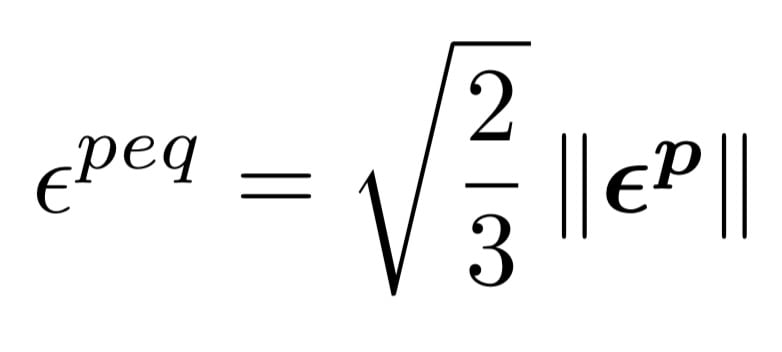Hello Altruistic People,
I believe everyone is fine. Let me explain something, I want to vary Angle of Internal friction and Cohesion with PEEQ. So I want to write VUSDFLD. Here, I don't understand that how to expand the PEEQ of Mohr-Cuolomb. I mean what could be the final solution of PEEQ in terms of strain components and stress components. Can you please give me some idea how to calculate it mathematically?
Thank you.

I believe everyone is fine. Let me explain something, I want to vary Angle of Internal friction and Cohesion with PEEQ. So I want to write VUSDFLD. Here, I don't understand that how to expand the PEEQ of Mohr-Cuolomb. I mean what could be the final solution of PEEQ in terms of strain components and stress components. Can you please give me some idea how to calculate it mathematically?
Thank you.



